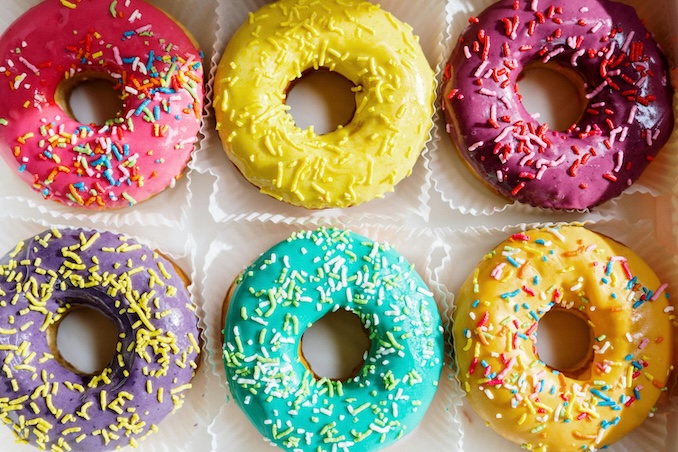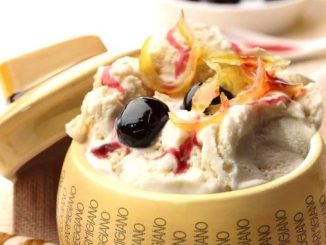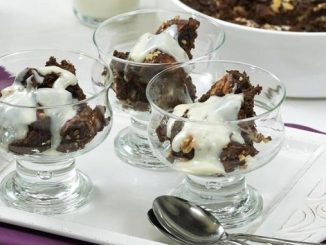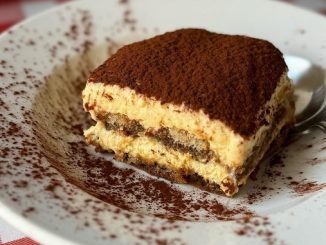Behind every great doughnut is a careful balance of science and craft. From the rise of the dough to the golden finish in the fryer, each step has a direct effect on texture, flavour, and freshness. Understanding the differences between yeast and cake doughnuts, as well as the techniques that keep them at their best, can help you appreciate this humble pastry even more.

Yeast doughnuts vs cake doughnuts
The first key distinction lies in how the doughnut gets its lift:
-
Yeast doughnuts rely on fermentation. Yeast feeds on sugars in the dough, producing carbon dioxide bubbles that create a light, airy texture. This process takes time — often several hours — but results in a soft, slightly chewy bite with a subtle yeasty flavour.
-
Cake doughnuts skip the yeast and use baking powder or bicarbonate of soda (baking soda) as the leavening agent. These chemical reactions happen quickly, so the dough can go straight from mixing to frying. Cake doughnuts are denser, with a tender crumb and a flavour that’s more like a sponge cake.
Both styles can be delicious, but the choice often comes down to personal preference — and the desired pairing with glazes, fillings, or toppings.
Frying temperatures and technique
The magic of the perfect doughnut happens in hot oil, but the temperature must be just right — usually around 180°C (350°F).
-
If the oil is too hot, the outside browns too quickly, leaving the inside undercooked.
-
If it’s too cool, the doughnut absorbs excess oil and becomes greasy.
Proper frying also depends on not overcrowding the fryer, as this can lower the oil temperature and affect cooking times. Professional bakers often flip doughnuts mid-fry to ensure even colouring and consistent texture.
Glazing and finishing
Glazes are more than just decoration — they help lock in moisture and add flavour. A warm doughnut absorbs glaze more evenly, allowing a thin, glossy coating that sets quickly. Popular options include classic sugar glaze, chocolate, or more adventurous toppings like salted caramel or matcha icing. Dusting with cinnamon sugar or filling with jam or custard offers yet another layer of indulgence.
Why doughnuts go stale
Doughnuts, like all baked goods, go stale due to a process called starch retrogradation. As doughnuts cool, the starch molecules in the flour realign, forcing out moisture and making the texture tougher. Exposure to air speeds up this process, which is why a doughnut often feels less soft just a few hours after frying.
How to keep them fresh longer
While nothing beats a fresh doughnut, you can slow staling by:
-
Storing in an airtight container at room temperature for one to two days.
-
Avoiding refrigeration, which accelerates staling.
-
Freezing for longer storage, ideally wrapping each doughnut in cling film before placing in a freezer bag. Thaw at room temperature and refresh briefly in a warm oven.
The sweet spot
Whether you favour the airy lift of yeast doughnuts or the satisfying density of cake doughnuts, the science behind them is the same: precise ingredients, controlled temperatures, and timing that maximises freshness. Mastering these elements is what transforms a simple ring of fried dough into the perfect doughnut.
If you’re in Toronto, you may already know your favourite local bakery for a fresh, warm batch. But if you’re heading west, make sure you sample the best doughnuts in Vancouver — where expert craft meets unforgettable flavour.




